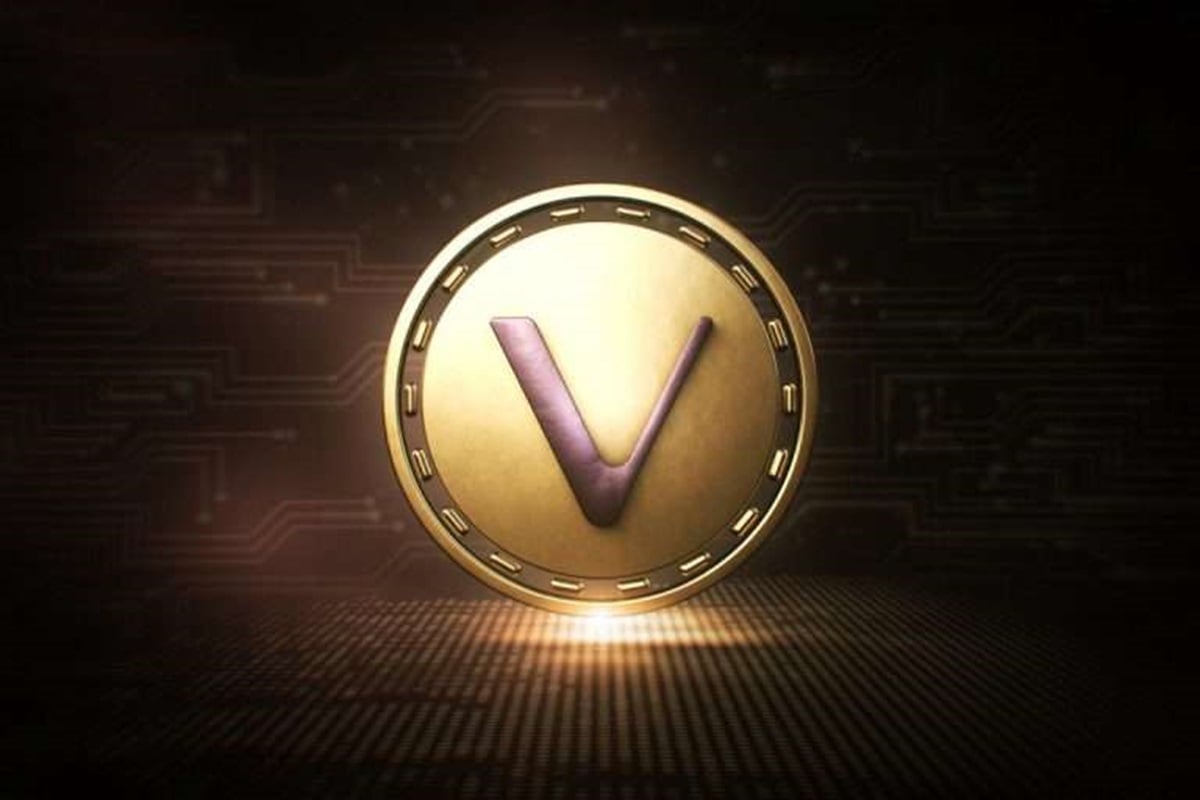The Hayabusa hard fork marks a significant shift in VeChain’s consensus model, tokenomics, and participation mechanics. This upgrade sets the stage for the next phase, Interstellar, which promises enhanced interoperability, JSON-RPC support, and full EVM compatibility.
In a previous report, CNF revealed that in September, VeChain launched the Hayabusa Devnet, the first step in its plan to enhance the blockchain following community approval of the upgrade. Now, the project has progressed to another milestone: the Hayabusa Testnet. This second stage of VeChain’s 2025 roadmap—known as the Renaissance upgrade—has officially gone live.
With the Testnet now activated, a seven-day transition period began and will conclude on November 11. During this time, the team is preparing for a full mainnet launch slated for the end of 2025. VeChain aims to enter the Interstellar Phase in 2026, pushing the platform’s capabilities even further.
### The Significance of the Hayabusa Name
In an X post, the VeChain team explained the choice of the name “Hayabusa.” Just like the Japanese spacecraft that overcame daunting challenges to deliver asteroid samples back to Earth, VeChain’s Hayabusa phase represents a bold leap forward. This stage unlocks radical improvements, reinvigorates tokenomics, empowers users, and sets the foundation for the next phase of growth in the VeChainThor protocol.
### What’s in It for Stakers, Validators, and VET Holders?
On July 1, VeChain introduced Stargate, committing an impressive 5.48 billion VTHO tokens to reward early participants. Described as the heart of the new ecosystem, Stargate serves as the key access point linking Hayabusa’s revamped economic model with a streamlined user experience. This enables scalable participation without adding complexity.
Under Hayabusa, VET holders gain the ability to stake their tokens and delegate them to validators, moving away from passive holding. The network transitions to a Delegated Proof of Stake (DPoS) system, where stakers become Delegators, selecting which validators to support.
The amount of VET delegated plays a critical role in determining who validates blocks and earns rewards. Unlike the previous model, where VTHO issuance was relatively static, Hayabusa ties VTHO generation and rewards directly to staking, delegation, and active network participation.
This means idle VET holdings may generate fewer rewards, while actively staking and delegating becomes crucial. The more VET staked and network activity increases, the more all participants benefit. Additionally, Hayabusa aims to reduce VTHO inflation by ensuring issuance reflects real activity rather than mere token ownership.
Because stakers can delegate without running a full validator node, participation opens to a broader range of users. The result? Increased decentralization and stronger community engagement.
The team also explained:
“VTHO issuance, at launch, will shrink to approximately 60-70% of current levels, with users, builders, and partners continuing to benefit from low, predictable transaction costs.”
### Changes to Validator Model and Node System
With the introduction of DPoS, VeChain’s validator model shifts from a fixed group of authority nodes to a dynamic, performance-based system. Validator status now depends on both delegation and reliability.
Validators are expected to maintain consistent uptime, demonstrate strong performance and transparency, and earn community delegations to secure their positions.
Meanwhile, the legacy Economic Node and X-Node system from the pre-Hayabusa era is being gradually phased out or restructured to align with the updated consensus model.
### Regulatory Alignment and Improved Utility
VeChain emphasizes that “adoption requires trust,” having closely aligned itself with the Markets in Crypto-Assets Regulation (MiCA), the European Union’s comprehensive regulatory framework for digital assets.
Moreover, both VeChain and VeBetterDAO have had their whitepapers officially verified and listed in the European Securities and Markets Authority (ESMA)’s interim MiCA register.
By linking VTHO issuance with network activity, VeChain strengthens the utility and value proposition of VET. The faster and more robust the network grows, the more meaningful staking and delegation rewards become.
### Market Performance Update
As of the latest update, the VET price has remained subdued, hovering around $0.016. Analysts describe this phase as accumulation, with the token oscillating between $0.009 and $0.013 and forming strong support levels.
A breakout above the $0.035-$0.05 resistance zone could confirm renewed bullish momentum. Currently, VET is trading at $0.014 after a 5.33% surge over the past 24 hours, while trading volume has decreased by 17% to $41 million.
—
The Hayabusa upgrade represents a pivotal moment for VeChain, driving increased decentralization, stronger community participation, and improved economic incentives—all while setting the stage for continued growth and innovation in the years ahead.
https://www.crypto-news-flash.com/what-vechains-hayabusa-hard-fork-means-for-stakers-validators-and-the-future-of-vet/
